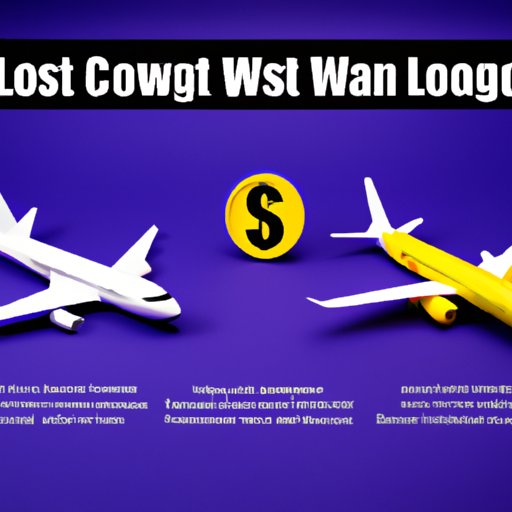Introduction
Cost leadership is a business strategy that focuses on reducing costs and increasing efficiency in order to create a competitive advantage in the marketplace. It is a popular strategy used by businesses of all sizes, from small startups to large corporations. The goal of cost leadership is to offer products or services at the lowest cost compared to competitors, while still maintaining quality.
In today’s competitive business environment, cost leadership can provide numerous advantages. It can help businesses reduce their operating costs, increase their profit margins, and attract more customers. However, there are also challenges associated with cost leadership, such as finding the right balance between cost reduction and quality.

How Companies Achieve Cost Leadership
To achieve cost leadership, businesses must first identify areas where they can reduce costs. This could include anything from cutting back on overhead expenses to streamlining production processes. Once these areas have been identified, businesses can implement cost-saving strategies. These strategies may include outsourcing production to lower-cost countries, using cheaper materials, or negotiating better deals with suppliers.
Businesses should also focus on increasing efficiency in order to maximize cost savings. This could involve automating processes, eliminating redundant tasks, or investing in new technologies. By focusing on both cost reduction and efficiency, businesses can significantly reduce their overall costs and become more competitive in the market.
Examples of Successful Cost Leadership Strategies
Some of the most successful companies in the world have used cost leadership to achieve success. Walmart, for example, has been able to maintain its position as the world’s largest retailer by offering low prices on a wide variety of products. The company has achieved this by leveraging its massive supply chain and cutting costs wherever possible.
Southwest Airlines is another example of a company that has used cost leadership to succeed. The airline has been able to offer lower fares than its competitors by focusing on cost reduction and efficiency. This has allowed them to attract more customers and become one of the most profitable airlines in the world.
Amazon is yet another example of a company that has used cost leadership successfully. The online retailer has been able to offer low prices on a wide range of products by leveraging its vast distribution network and cutting costs wherever possible. This has allowed them to become one of the most successful companies in the world.

Strategic Implications of Cost Leadership
Cost leadership can have a significant impact on a company’s competitors. By offering lower prices than its competitors, a company can drive them out of the market or force them to reduce their own prices. This can create a competitive advantage for the company and help it gain market share.
However, cost leadership is not a sustainable strategy in the long term. As competitors catch up and start offering lower prices, the company will have to continually reduce its own prices in order to remain competitive. This can put a strain on the company’s profits and make it difficult to sustain growth.

Best Practices for Implementing a Cost Leadership Strategy
Implementing a successful cost leadership strategy requires careful planning and execution. To get started, businesses should analyze the market and identify areas where they can reduce costs. They should set realistic goals and develop strategies to achieve those goals. Finally, they should leverage technology to automate processes and increase efficiency.
It is also important for businesses to monitor their progress and adjust their strategies as needed. They should regularly review their costs and compare them to those of their competitors. This will help them stay ahead of the competition and ensure that their cost leadership strategy remains successful.
Conclusion
Cost leadership can be an effective strategy for businesses of all sizes. It can help businesses reduce costs, increase efficiency, and gain a competitive advantage in the market. However, it is important for businesses to carefully plan and execute their cost leadership strategy in order to ensure long-term success. By following best practices and monitoring their progress, businesses can take advantage of the benefits of cost leadership and remain competitive in the market.
(Note: Is this article not meeting your expectations? Do you have knowledge or insights to share? Unlock new opportunities and expand your reach by joining our authors team. Click Registration to join us and share your expertise with our readers.)
